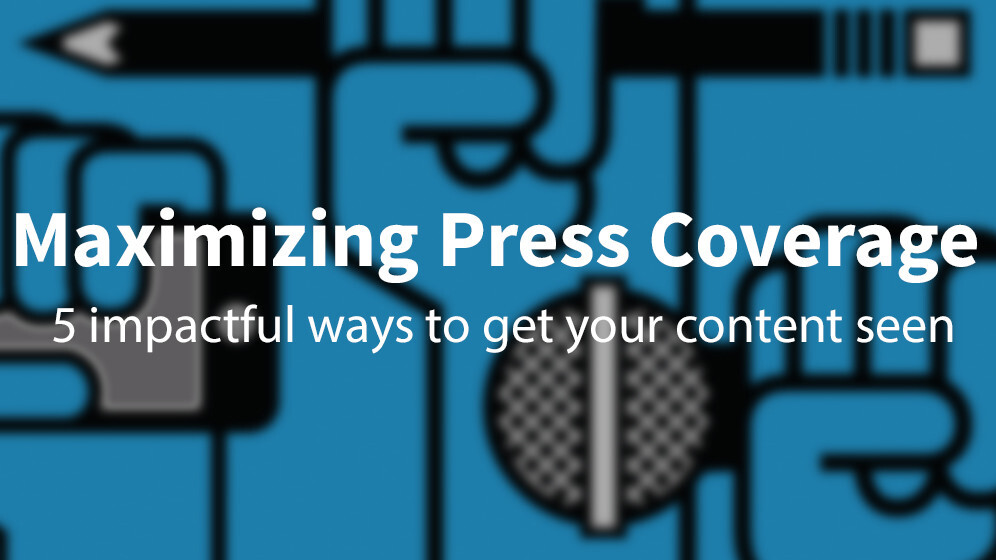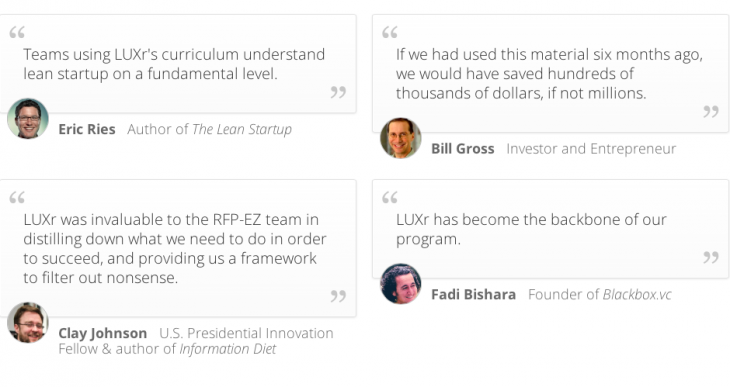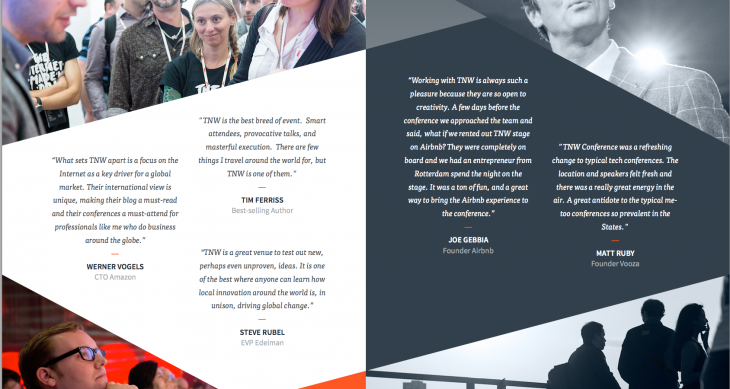
Callum Laing is the CEO of Entrevo Asia and the founder of Fitness-Buffet, an employee fitness business in 11 countries.
Getting media coverage is great, but as they say in the UK, “Today’s press is tomorrow’s chip paper.” Okay, so maybe digital chip paper lasts longer than its tree-based competitor, but it is still worth making the most of it when you get it.
I don’t claim to be an expert in this area by any stretch, but I do have a daily column that features leaders in Asia who are doing cool stuff. Some people get featured and do nothing. Others work it and get great results.
Since I am a big believer in making the most of the good things that happen to you, the below are my five tips for making the most out of any media coverage you get (and of course, this also applies to content you create).
1. Share it
The Internet is a big place – your customers, staff, shareholders, suppliers, Linkedin contacts are busy people. Don’t expect them to stumble across your product or feature interview on a few websites.
To ensure your media coverage gets in front of the right eyes, make sure you share it on social media, through your newsletter, at the bottom of your email and wherever else you can.
Then do it again.
You might not see results immediately, but in a month or two, or next quarter, a lot of people who haven’t seen it the first time around will take notice. Any audience, new or old, is better than none.
2. Use it as a testimonial
When people are interested in your services, they are going to do research. Make it as easy as possible for them to see that you are already being recognized by the media.
Your customers are looking for any clues or shortcuts that tell them that you are the right person for them to work with. The fact that you have been featured in the media will give you an instant boost of credibility.

Make sure you make the testimonials easy for potential customers to find in either promotional videos, graphic quotes or a section on your website that highlights where you’ve been featured.
3. Repackage it
Some of your audience will be happy reading your feature on the original website, but others might prefer to read it on LinkedIn. Or Medium. Or Facebook. Or on your own website.
Check with the publication first, but as long as you put a ‘This article originally appeared at <and link to the original article>’ many media publishers can work with you to syndicate the original content into a new home. This makes it easier for your reader, and opens it up to more eyeballs.
Additional ways you can repackage media coverage are to take key ideas or quotes and put them on images for use on Pinterest, Twitter or even packaged together as a deck on Slideshare.
4. Add it to marketing collateral
Clip it or screen shot it. If it’s really good, you can use it in its entirety in some of your marketing materials.

Alternatively, you might just want to have an image with a montage of your media coverage. Again, this is just about making it really easy for your customers to see at a glance that you have been validated by others. Everyone of your sales team should have a few pages of media as part of their sales kit.
One further tip on this is that if you have a booth at an exhibition, you can then blow these images up and hang them around the booth.
5. Work it up a level
Positive press is good. More positive press is better. Now you have been featured by a certain media, use it as a door opener to other media. Send your interview to a journalist on another publication and offer to do an exclusive when you have something to share. Should you see a news story that is related to your industry, contact the right person at the right publication and send them your existing media incase they want to get a comment from you.
If you are looking for speaking opportunities at conferences, make sure you are sending them your media as it happens.
Bonus point
Be grateful. Who was the journalist or editor that was responsible for this coverage? Have you said thank you? Can you connect them to other people that are doing interesting things? Find a way to stay in touch with them.
The more you stay on their radar, in a good way, the more likely you are to get future coverage. Building relationships with people that can get you exposure is time well-invested.
Like anything in business, getting media coverage is part talent, part strategy and part luck. However, when that moment arrives don’t be in a hurry to tick the box and move on. You have now got an asset that is out there doing some of the work for you. Make sure you sweat it as much as you possibly can.
Read next: How side projects saved our startup (and how to do them right)
Get the TNW newsletter
Get the most important tech news in your inbox each week.





